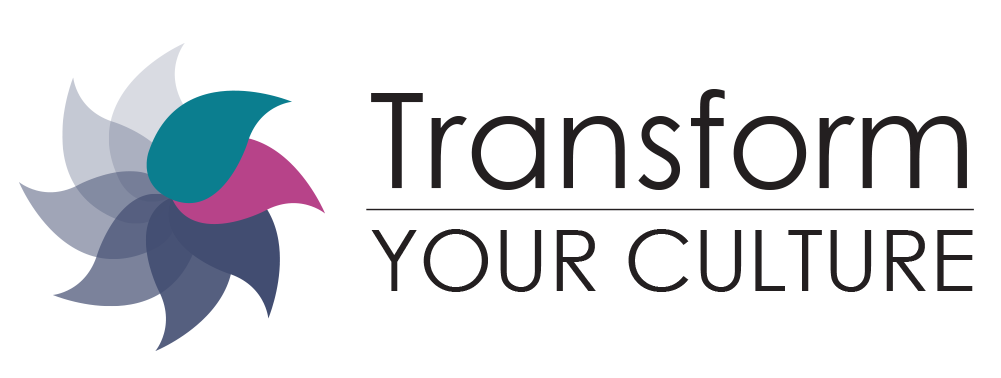In today’s fast-paced professional world, staying present and mindful can feel like an uphill battle. But what if the key to enhancing your mindfulness and effectiveness at work was something as simple as curiosity? Curiosity isn’t just for the inquisitive child or the dedicated scientist—it’s a powerful tool that can transform your professional life.
Why curiosity is important
Let’s explore why curiosity is essential, how it applies to mindfulness, and how you can use it to change the dynamics of meetings and everyday interactions. Curiosity drives us to learn, grow, and adapt. It’s the spark that ignites innovation and the force that propels us to explore uncharted territories. In a professional setting, curiosity can:
- Enhance Problem-Solving: Asking questions and seeking out new information can better equip you to devise creative solutions.
- Improve Relationships: Showing genuine interest in colleagues fosters stronger, more collaborative relationships.
- Boost Engagement: When curious, you’re naturally more engaged and invested in your work.
The science behind curiosity
Curiousness is good for your brain, according to research published in the online cell journal “Neuron”. When curiosity is aroused, learning and memory function more efficiently.
What’s cool about this discovery is that curiosity remains aroused even after the interesting material is presented! That means if you can arouse curiosity by telling a good story at the beginning of a sales presentation, you won’t lose everyone when you get to the boring facts and figures!
When your brain is aroused by curiosity, researchers have also noted increased activity in the part of the brain connected with reward and the neurochemical dopamine – the feel-good chemical – leading to a sense of relaxation…. who doesn’t want that?
The most powerful result of a curious mind may well be the enhanced ability to experience things that excite and inspire us. When we are inspired, work feels meaningful, and curiosity arises naturally, which can lead to greater happiness in the performance of daily tasks.
How curiosity applies to mindfulness
Mindfulness is being fully present and engaged in the current moment. Curiosity complements mindfulness by encouraging you to focus and explore your experiences without judgment. Here’s how you can integrate curiosity into your mindfulness practice:
- Observe Without Judgment: Notice your thoughts and feelings without labeling them as “good” or “bad.” Observe them with a curious mind.
- Ask Questions: When you find your mind wandering, ask yourself what triggered the distraction and gently bring your focus back to the present.
- Stay Open: Be open to new experiences and perspectives, even if they challenge your existing beliefs.
The Power of Mindful Listening
Listening is an essential skill in any professional setting, but all too often, we listen with the intent to respond rather than to understand. Mindful listening—listening with curiosity—can transform your interactions. Here’s how:
- Invite Open Communication: Encourage colleagues to share their thoughts without interruption.
- Stay Fully Engaged: Focus on the speaker, notice when your mind starts to wander, and gently bring your attention back.
- Ask Clarifying Questions: Show that you’re genuinely interested in understanding their perspective.
The Science Behind Curiosity
Research shows that curiosity has a profound impact on our brains. When we’re curious, our brains release dopamine, a neurotransmitter associated with pleasure and reward. This not only makes learning more enjoyable but also enhances memory retention. Studies have also found that curiosity can improve problem-solving skills and increase overall cognitive function.
How Curiosity Can Change the Dynamics of Meetings
Transforming meetings from mundane to meaningful can be as simple as fostering an environment of curiosity. Here’s how:
- Start with a Pause: Begin your meeting with a moment of silence to ground everyone and get their attention.
- Check-In: Allow each participant to share their state of mind in one or two sentences. This helps create a supportive and connected atmosphere.
- Pre-Discuss Contentious Items: Before addressing contentious topics as a group, have participants discuss them in pairs. This ensures that everyone feels heard and can spark curiosity about differing viewpoints.
- Listen with an Open Heart: When a colleague speaks, focus on truly understanding their point of view rather than thinking about your response.
How to Benefit from Curiosity
Curiosity can lead to personal and professional growth in countless ways. Here are four actionable steps to actively increase your curiosity every day:
- Move Towards Uncertainty.Challenge Yourself: Try something new this week, like picking up an old instrument or exploring a new neighborhood. Notice how it feels and what you learn from the experience.
- Look for the Unexpected in the Familiar. Change Your Perspective: Choose a daily task, like organizing your desk, and identify three new aspects about it. This can reveal hidden joys and insights.
- Try Something Entirely New.Step Out of Your Comfort Zone: Learn a new skill or hobby. Whether it’s yoga, singing, or rollerblading, exploring new activities can reignite your passion and creativity.
- Get Curious About Yourself. Reconnect with Your Passions: Reflect on what excites you and what activities you’ve drifted away from. Integrate these passions back into your life for renewed energy and inspiration.
Go forward with curiosity
Curiosity is more than just a trait—it’s a powerful tool for staying present, enhancing mindfulness, and transforming professional interactions. You can create a more engaging, innovative, and supportive work environment by fostering a curious mindset.


